Trick of Trade: Inflating the Esophageal Balloon of a Blakemore/Minnesota Tube without a Manometer
ALiEM
MAY 19, 2023
The SB tube was created in 1950 in order to help tamponade variceal bleeds [1]. Apply traction to the tube by tying a roller bandage to the end of it and then the other end to a 1 L bag of IV fluids. Pearl 1: Check the units of pressure being used. The conversion rate is: 1 cmH2O = 0.74 1950 May;131(5):781-9.

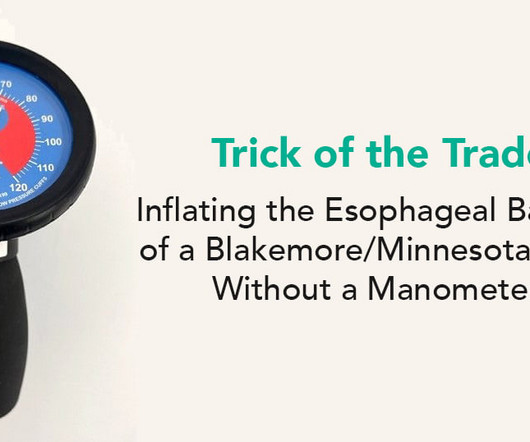

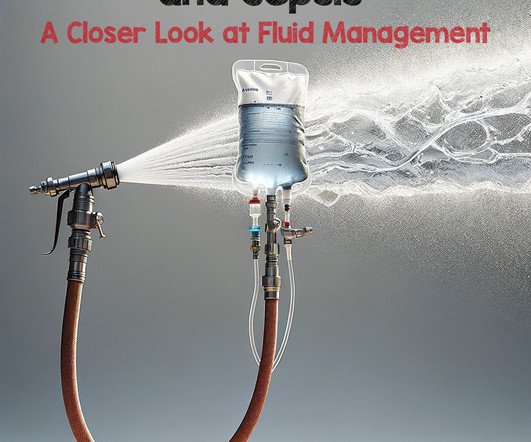
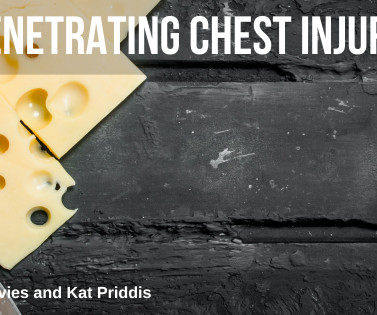

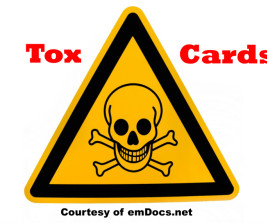
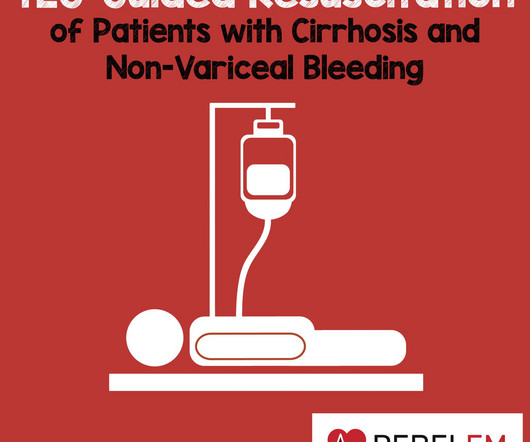

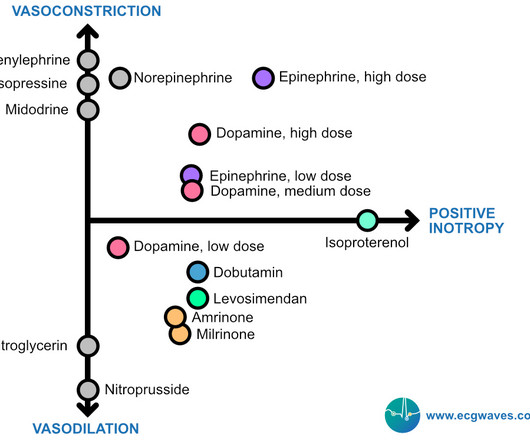
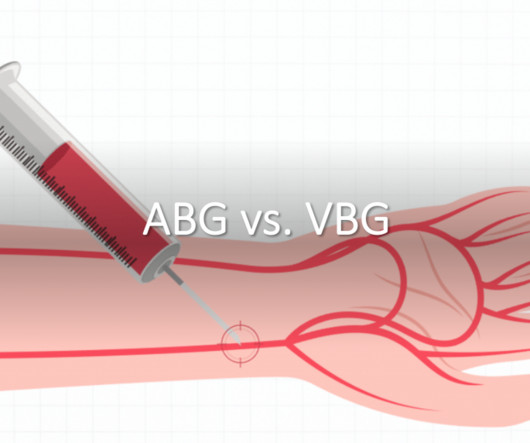
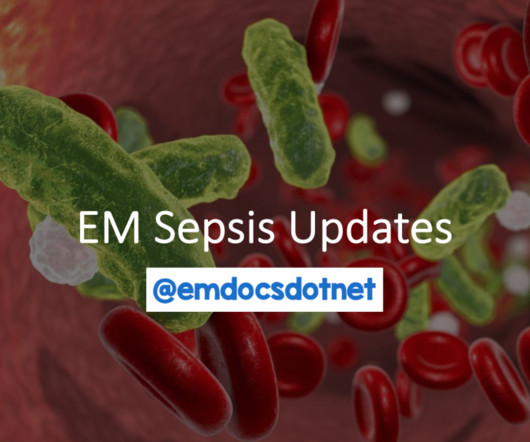
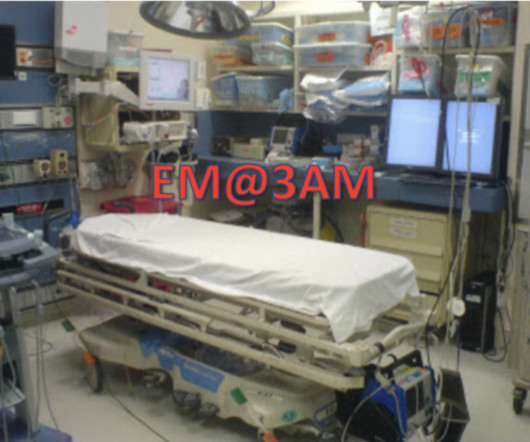








Let's personalize your content